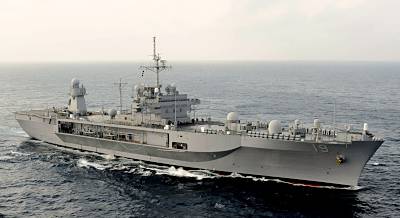WASHINGTON, Aug. 18, 2010 — The United States and South Korea announced a new set of military exercises that will be held in the Yellow Sea early next month, a Pentagon official said here today.
South Korean and U.S. forces will participate in anti-submarine warfare exercises. It is too early to detail what surface ships, submarines and air units will participate, Pentagon spokesman Bryan Whitman said.
The exercise is a direct outgrowth of a North Korean submarine sinking the South Korean frigate Cheonan in March. The attack killed 46 South Korean sailors.
In the “2‑plus‑2” meetings held in the South Korean capital of Seoul last month, South Korean Foreign Minister Yu Myung-hwan and Defense Minister Defense Kim Tae-young met with Secretary of State Hillary Rodham Clinton and Defense Secretary Robert M. Gates to discuss ways to demonstrate to North Korea the solidarity of the American alliance with South Korea.
“We said we would continue a series of exercises – defensive in nature – that are designed to send a clear message to North Korea,” Whitman said.
The exercise, to be conducted in international waters, will focus on anti-submarine warfare tactics, techniques and procedures. “It will be conducted in the waters off the western coast of South Korea,” Whitman said. “This exercise is designed to improve the readiness and proficiency of U.S. and [South Korean] forces to defend against subsurface attacks.” As it builds on an already strong foundation of interoperability and flexibility, Whitman said, the exercise will strengthen the U.S.-South Korean alliance. “Broadly, what it does is reinforce our resolve to stability and security of the region,” he added.
China has objected to U.S. exercises in the Yellow Sea, though the United States military has exercised there for decades.
“China has no reason to view this exercise or this series of exercises as a threat to its security,” Whitman said. “These exercises are intended to deter North Korea from future destabilizing attacks such as occurred with Cheonan and assure the region of [U.S. and South Korean] resolve to maintain security and stability on the Korean peninsula.”
Source:
U.S. Department of Defense
Office of the Assistant Secretary of Defense (Public Affairs)

 von
von 